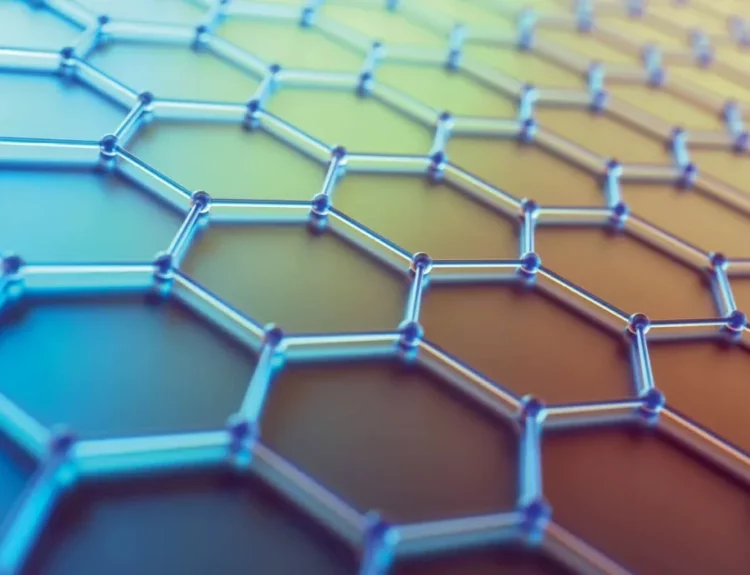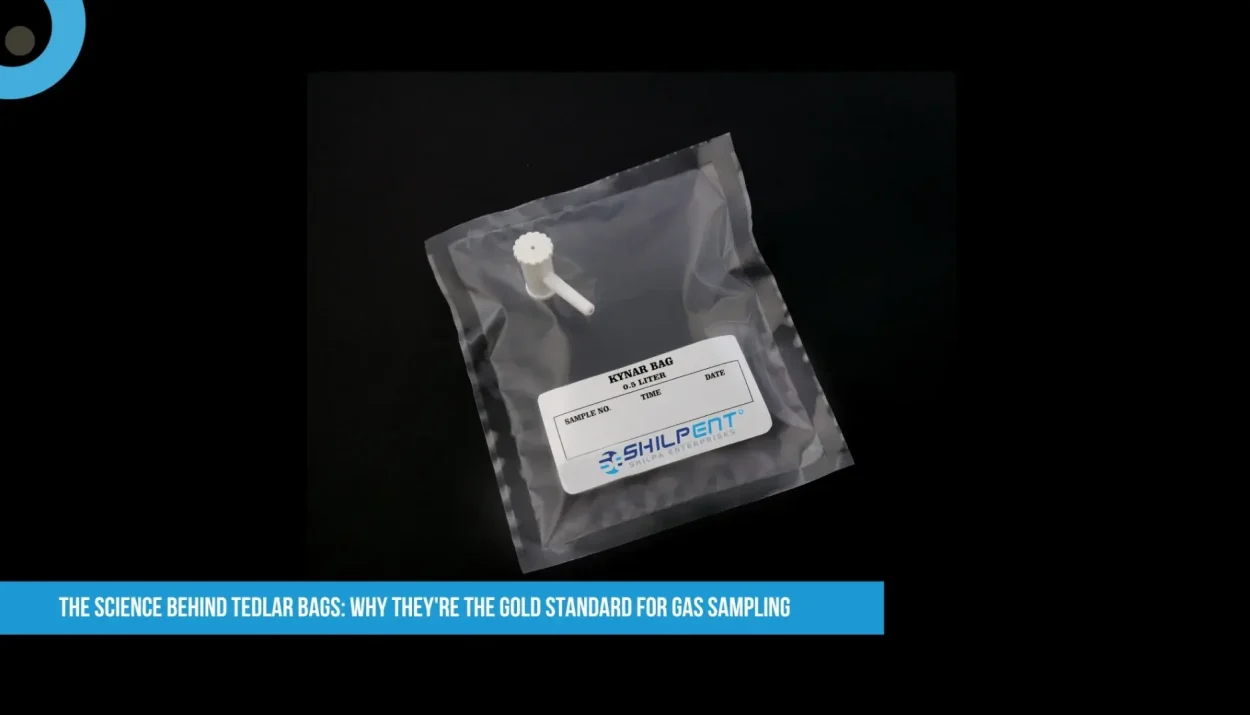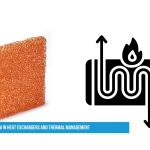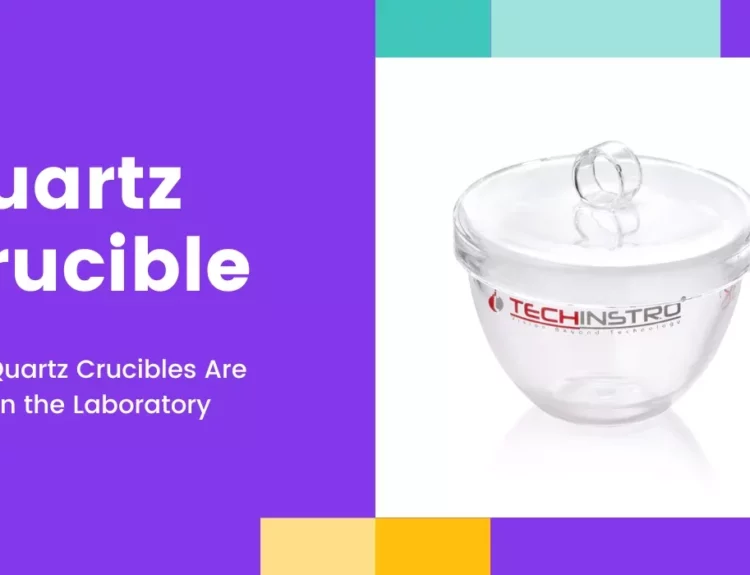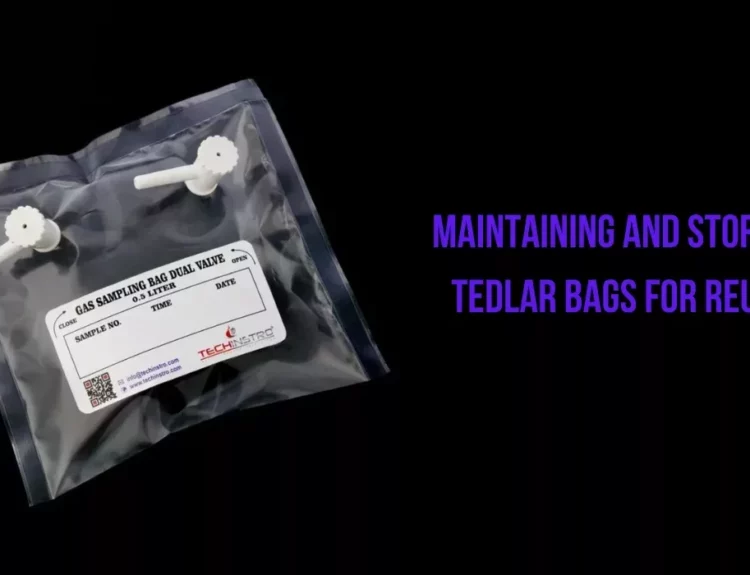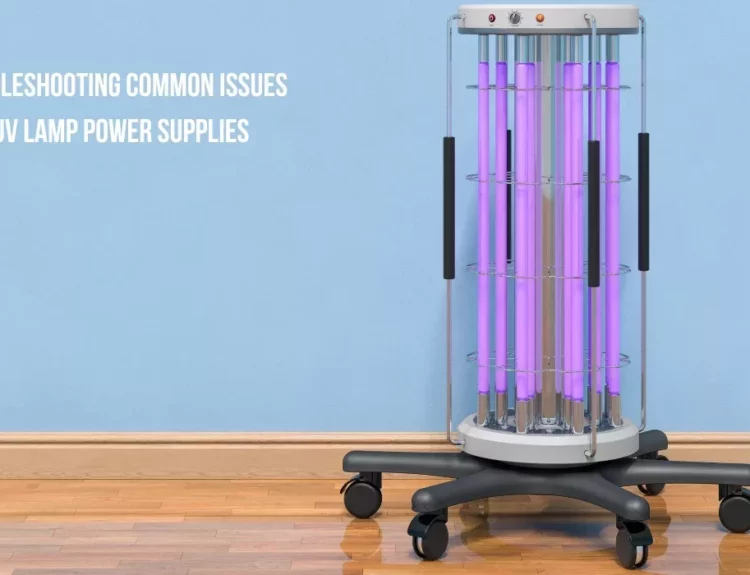If you’ve ever wondered how scientists accurately measure air pollution, industrial emissions, or even human breath for medical tests, the answer often lies in a simple yet brilliant invention: Tedlar bags. These specially designed bags are the go-to choice for gas sampling worldwide. But what makes them so reliable? Let’s break down the science in simple terms.
What Are Tedlar Bags?
Tedlar bags are made from a unique type of plastic called polyvinyl fluoride (PVF), developed by DuPont. Unlike regular plastic bags, Tedlar bags are chemically inert, meaning they don’t react with the gases stored inside. This makes them perfect for collecting air samples without contamination.
Key Features
- Non-reactive – Won’t absorb or alter gases.
- Durable – Resistant to punctures and tears.
- Low permeability – Prevents gas leakage over time.
- Reusable – Can be cleaned and used multiple times.
Why Are They the Gold Standard?
No Chemical Interference
Many plastics (like PVC or polyethylene) can absorb gases or release contaminants, skewing test results. Tedlar bags, however, keep samples pure, making them ideal for:
- Environmental testing (measuring pollution, VOCs).
- Industrial safety (monitoring toxic gases in factories).
- Medical research (analyzing breath for diseases).
Excellent Gas Retention
Imagine filling a balloon with helium—it deflates quickly because the gas escapes. Tedlar bags, on the other hand, hold gases for days or even weeks without significant loss, thanks to their ultra-low permeability.
Wide Temperature Tolerance
Whether in freezing Arctic air or hot industrial exhaust, Tedlar bags stay stable without degrading.
Real-World Applications
Environmental Monitoring
Scientists use Tedlar bags to capture air samples from cities, forests, and factories to study pollution levels.
Industrial Safety
Factories handling chemicals rely on Tedlar bags to detect dangerous leaks (like methane or benzene).
Medical Diagnostics
Doctors analyze breath stored in Tedlar bags to detect diseases such as asthma, lung cancer, and even COVID-19.
Space Exploration
NASA uses Tedlar bags to monitor air quality in spacecraft and space stations!
The Future of Tedlar Bags
Researchers are exploring new uses, such as:
- Hydrogen fuel storage for clean energy.
- Better recycling methods to reduce waste.
- Smart sensors integrated into bags for instant analysis.
Conclusion
Tedlar bags are more than just plastic bags—they’re a scientific powerhouse that helps us monitor air quality, enhance industrial safety, and even aid in disease diagnosis. Their unique material science makes them the gold standard for gas sampling, and their future applications are even more exciting!
